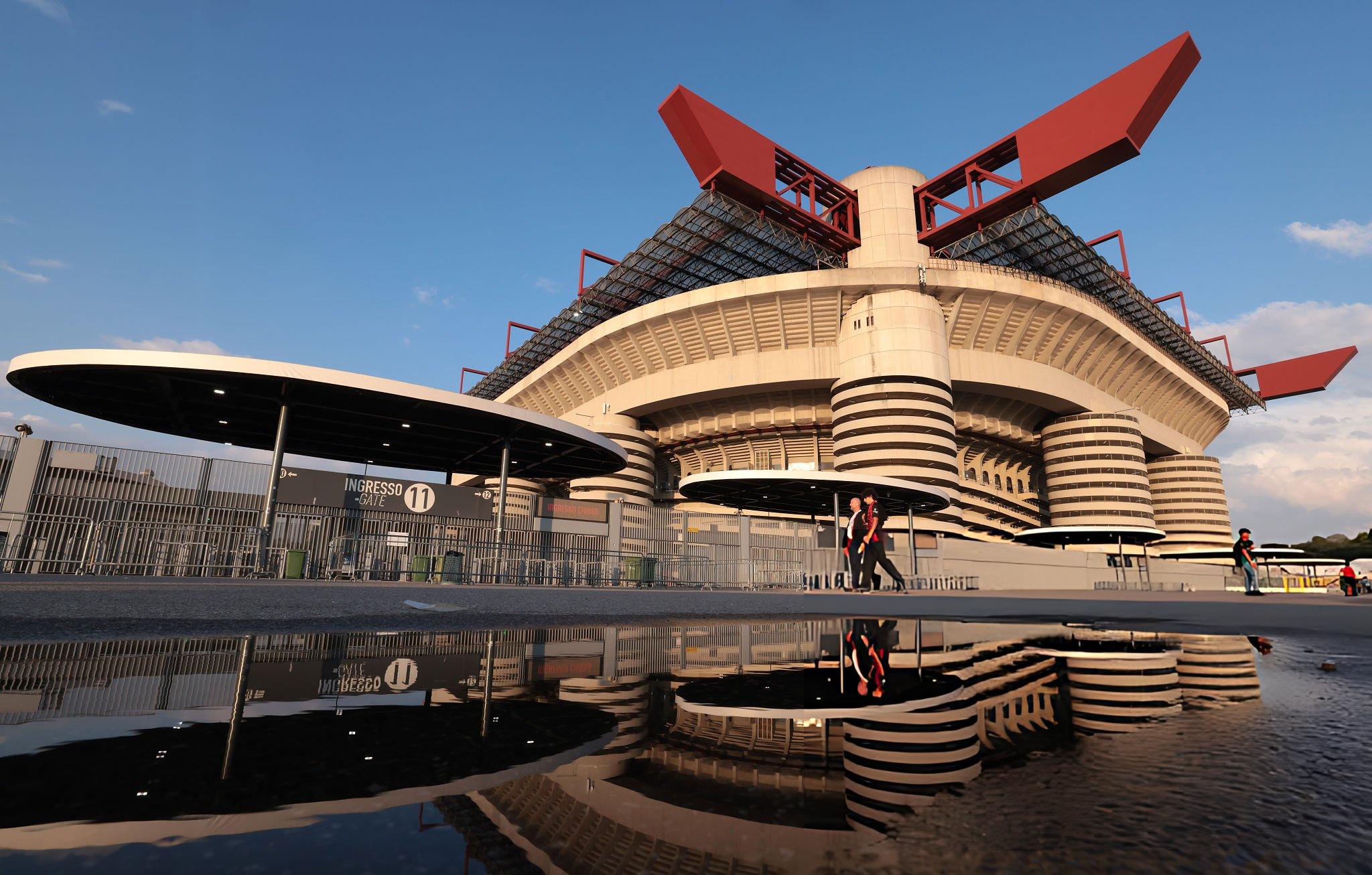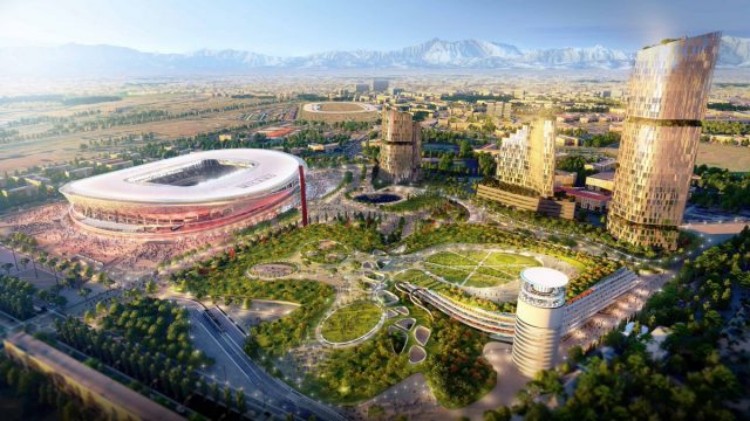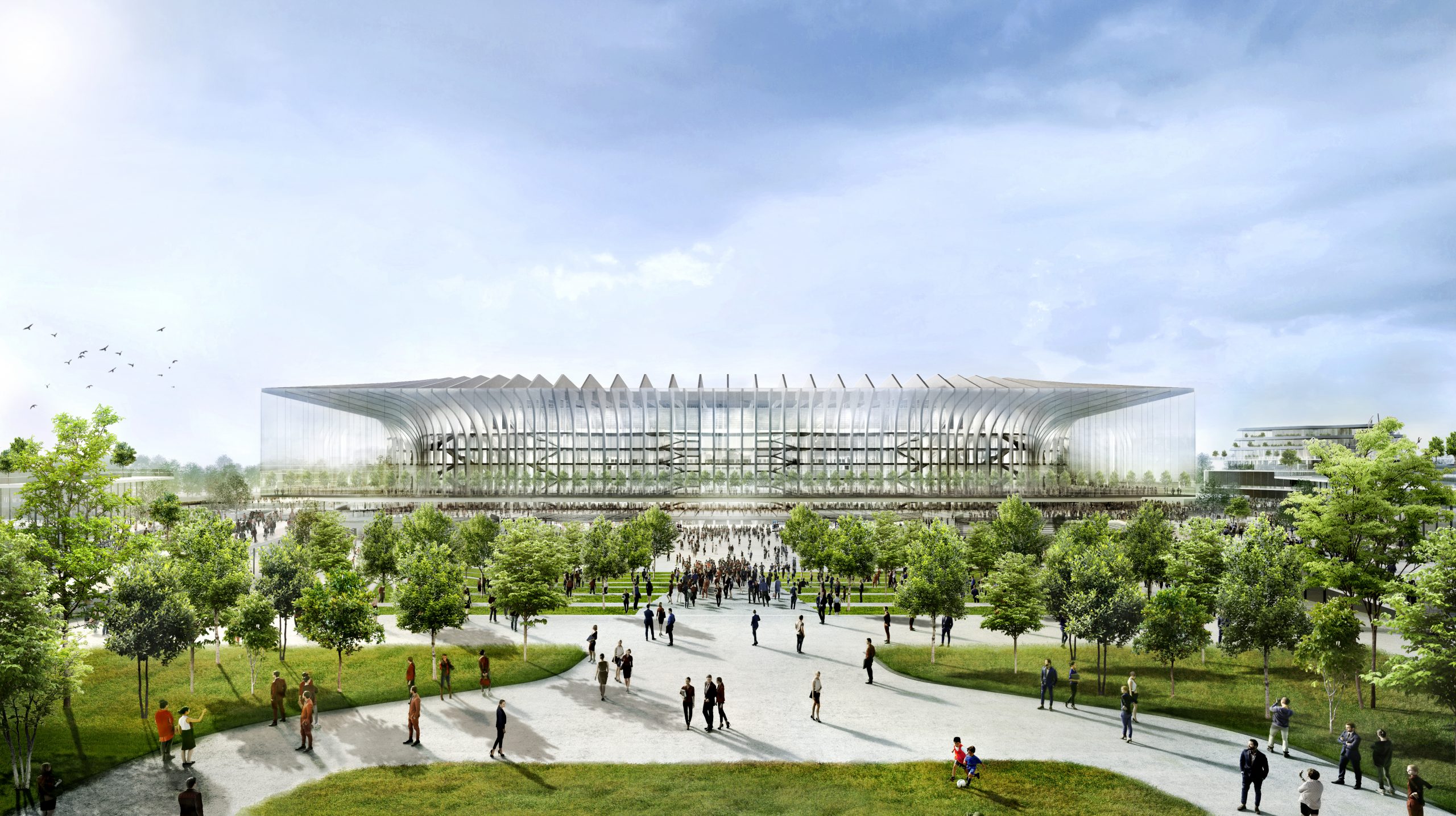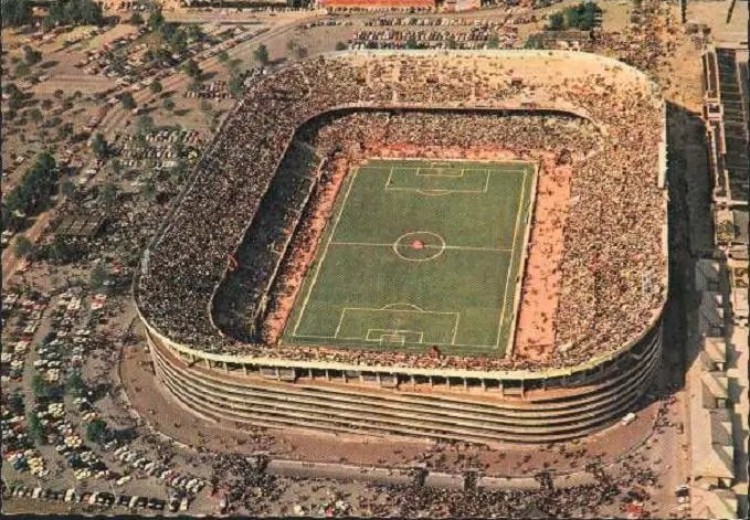
The nearly century-old arena on the outskirts of San Siro is approaching its final act. "Milan" and "Inter" have synchronized their watches, agreed to buy the stadium from the city, and are ready to turn a page in club history: to demolish the old giant and build a modern stadium in its place, which is to be ready by 2031. The timing is no accident — without a new arena Milan risks losing its status as a Euro 2032 host city.
Deal on the Home Stretch: Price and Deadlines

Mayor Giuseppe Sala stated on RTL 102.5 that the decree on the sale will be submitted for consideration in the coming days and that a basic agreement with the clubs has been reached. The package includes the stadium itself and the adjacent plot — the deal is priced at €197 million. After the city council’s final vote and committee reviews, the clubs will formalize the purchase agreement, obtain authorization to dismantle "San Siro," and begin building the new arena for commissioning by 2031.
Vote by Vote: The City Council’s Nerve-Wracking Arithmetic
The political intrigue holds to the very end. On the agenda is a vote by 49 councilors and, according to Calcio e Finanza, the split is perfectly even: 24 "for," 24 "against," with one vote still undecided. The outcome looks like a penalty shootout: not superiority but a rival’s mistake — or a single clean strike — will decide it.
Architects on a Wembley Scale

The clubs are not waiting for a green light to start thinking — they have already signed agreements with two global studios: Foster + Partners and Manica. The former is known for its work on the New Wembley, opened in 2007; the latter, among other projects, took part in the redevelopment of VTB Arena together with the Russian architecture bureau SPEECH. If the city approves, the duo will begin designing Milan’s next-generation arena.
The New Arena: Capacity and Sightlines
The baseline concept is a 71,500-seat stadium with two powerful tiers and carefully calculated rake to ensure comfortable sightlines from any point. The primary targets are innovation, safety, and convenience: from fan flows and accessibility for people with limited mobility to acoustics and commercial areas. The clubs emphasize that "democratic" sections will remain in the pricing policy — not only premium seats and VIP boxes.
The City Around the Stadium: A Pedestrian Cluster and 40% Green Space

The project is not just an arena. Across 110,000 square meters there will be a fully pedestrian neighborhood, with 40% of the area allocated to parks and public spaces. Surface parking, which currently occupies 27% of the footprint, will move underground: less asphalt — more life at street level. For the city this is a chance to relaunch the entire district, not merely change the shell of a sports facility.
From Renovation to Demolition: Why Updating "San Siro" Is No Longer Viable
Just a few years ago Mayor Sala was skeptical about demolition and insisted on modernization. But the clubs have consistently argued that "cosmetic" changes are not enough. According to Inter CEO Alessandro Antonelli, to bring the facility up to 21st-century standards you would have to completely rework the lower tier and undertake major works on the third, the towers, and the roof. That would reset the arena’s identity, undermine capacity and safety, and — most importantly — force the teams to play elsewhere for years. The economics and logistics of such a renovation do not add up.
A Legend and Its Limit: Historical Context

"San Siro" is a stadium with an almost century-long résumé. Built in 1925, it underwent three major renovations, and for the 1990 World Cup it received a covered third tier — costing about $60 million (for scale: in those years the record transfer was 14 million for Roberto Baggio from Fiorentina to Juventus). A fourth total reconstruction would have turned the facility into, effectively, a new stadium in cost and timeline — but without the advantages of a clean slate.
What’s Next: The Roadmap and the Cost of a Misstep

The next step is a city council vote. Approval launches the legal phase of the deal, followed by design and site preparation for demolition. Every week of delay is a risk to the schedule: the 2031 deadline is tightly linked to Euro 2032. "Milan" and "Inter" are convinced that the new stadium will become a magnet for fans, business, and city life — and a rare example of sports infrastructure that works for both the clubs and the neighborhood around them.
A symbol of an era is departing to make room for the new. If clear decisions and timelines remain in the protocol, Milan will get an arena that preserves the roar of "San Siro" — but transposes it into the acoustics of the future. If the votes in the council get stuck in a stalemate, the city risks losing not only an architectural upgrade but also its place on the European football stage in 2032.








